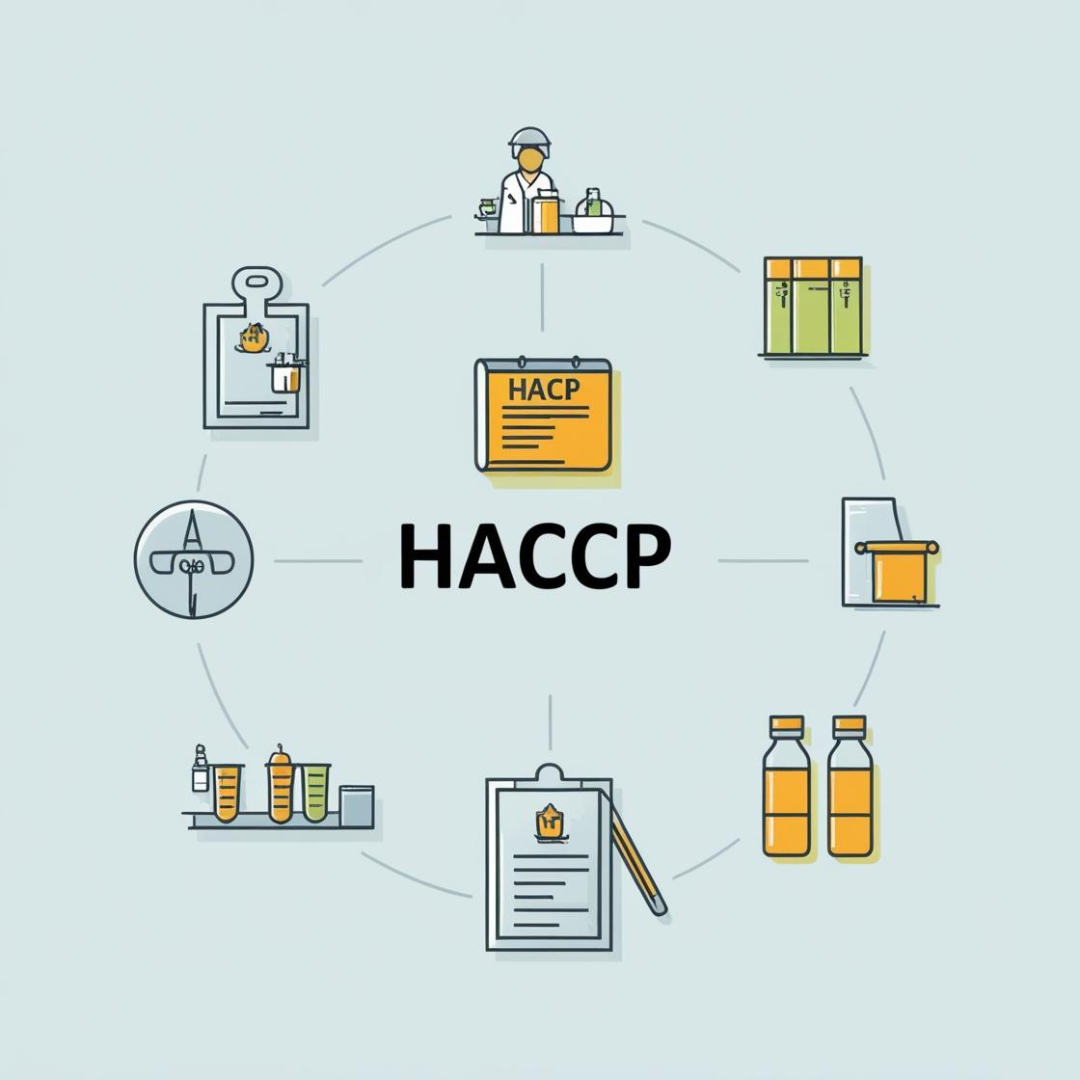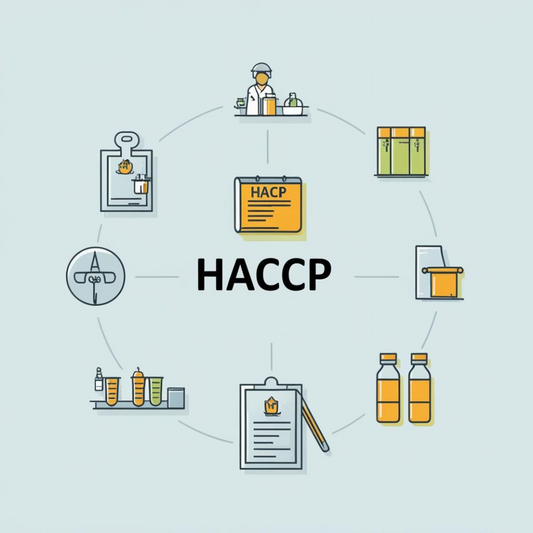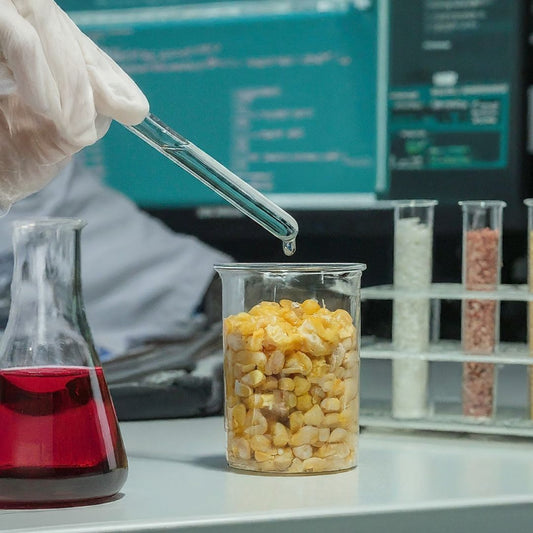🧠 Neurogastronomy: How the Brain Shapes Taste & Eating Behavior
Share
What if your favorite food isn’t just about taste—but about how your brain interprets it?
Welcome to Neurogastronomy—a growing scientific field that unpacks how the brain, senses, memory, and emotions shape the way we eat and enjoy food.
🔍 What is Neurogastronomy?
Coined by Yale neuroscientist Dr. Gordon Shepherd, neurogastronomy studies how flavor is constructed in the brain—not just the mouth.
It blends neuroscience, psychology, olfaction (smell), and culinary science to understand how humans experience food.
Flavor ≠ Taste.
Taste is limited to the tongue (sweet, salty, bitter, sour, umami).
Flavor is a brain-generated illusion combining smell, sight, texture, memory, and mood.
🧠 Brain’s Role in Taste Perception
1. Olfaction (Smell) – Up to 80% of perceived flavor comes from aroma through the retronasal pathway.
2. Visuals & Color – Bright colors enhance perceived freshness and sweetness.
3. Sound & Texture – Crunchiness = freshness to the brain.
4. Memory & Emotion – Familiar smells and flavors trigger emotional responses (e.g., grandma’s biryani).
5. Expectation & Context – Fancy plating or wine pricing can change taste perception—even if the product is identical!
🍴 Why It Matters in the Food Industry
Product Development: Brands use aroma boosters or visual enhancements to reduce sugar or salt while maintaining satisfaction.
Clinical Nutrition: Helps patients with sensory loss (e.g., post-COVID or chemotherapy) enjoy food again.
Sustainable Foods: Plant-based or lab-grown products can be made more appealing with brain-targeted flavor design.
Behavioral Change: Encouraging mindful eating by making meals more multisensory and engaging.
🧪 Real-World Examples
🍫 Chocolate aroma-enhanced protein shakes for satiety
🧠 VR-based dining that tricks the brain into enjoying healthy alternatives
🍋 Citrus-scented plates to boost appetite in elderly care homes
🌿 Umami enhancers used to reduce salt in savory snacks
🌟 Final Thought
Neurogastronomy bridges the gap between science and sensation—reminding us that flavor is not just about ingredients but how we think and feel about what we eat.
As food innovation grows, understanding the brain’s role in eating will be key to designing healthier, more appealing, and emotionally resonant foods.





